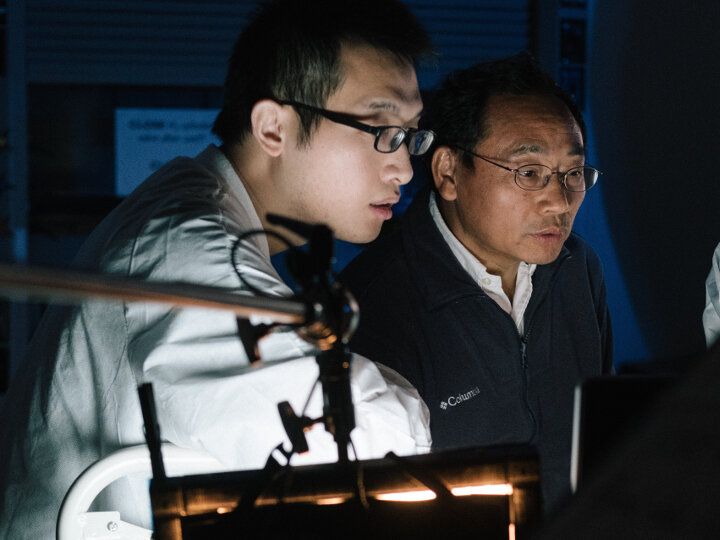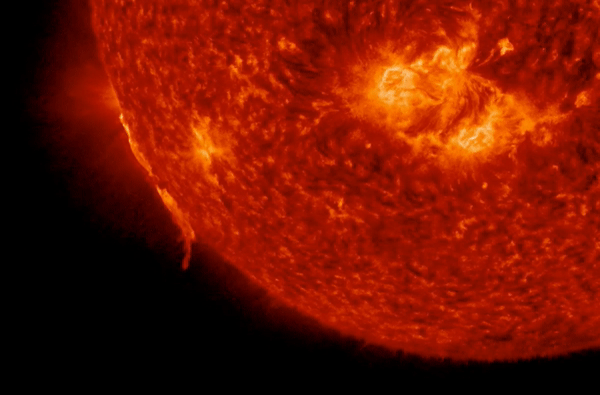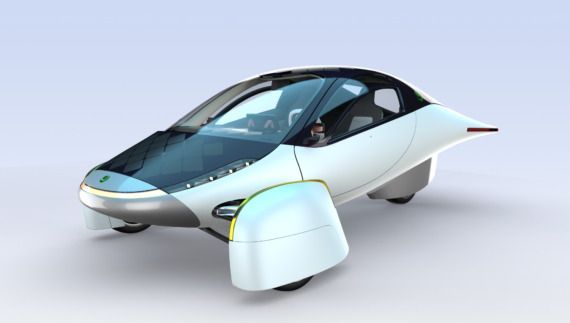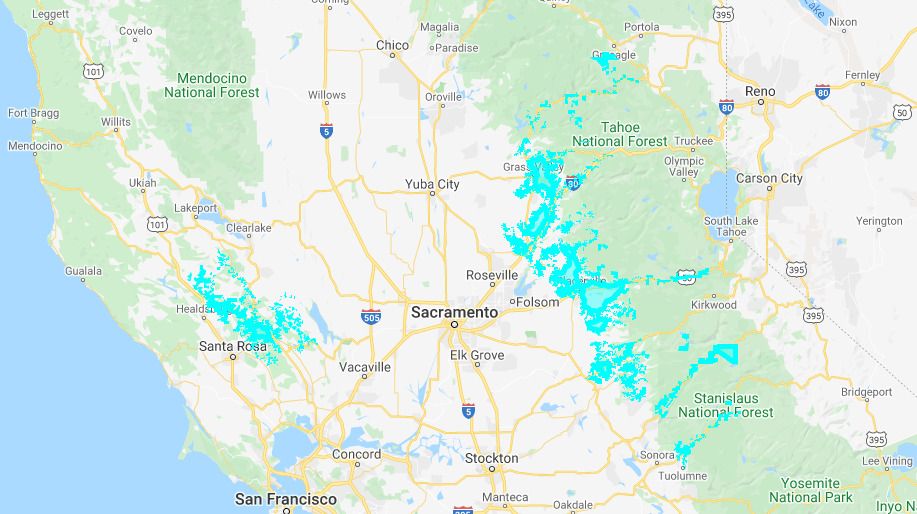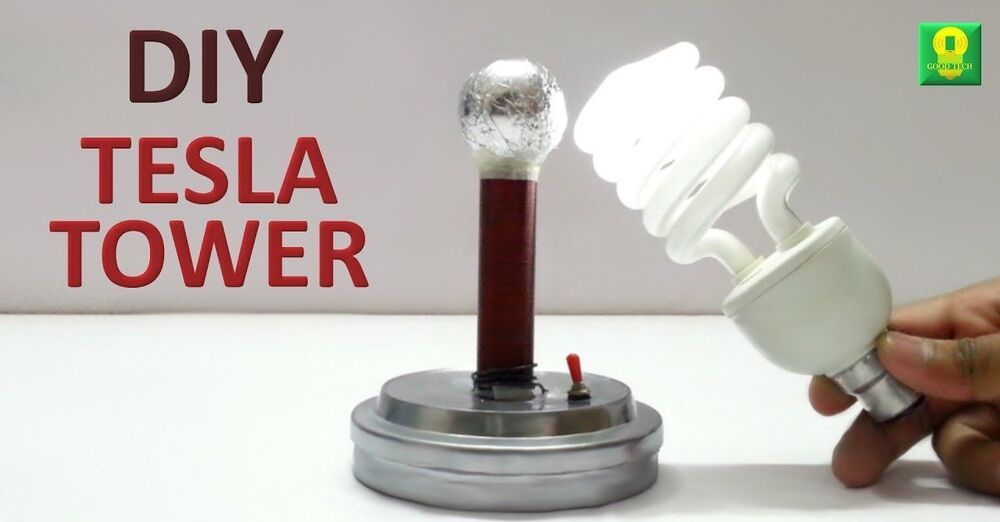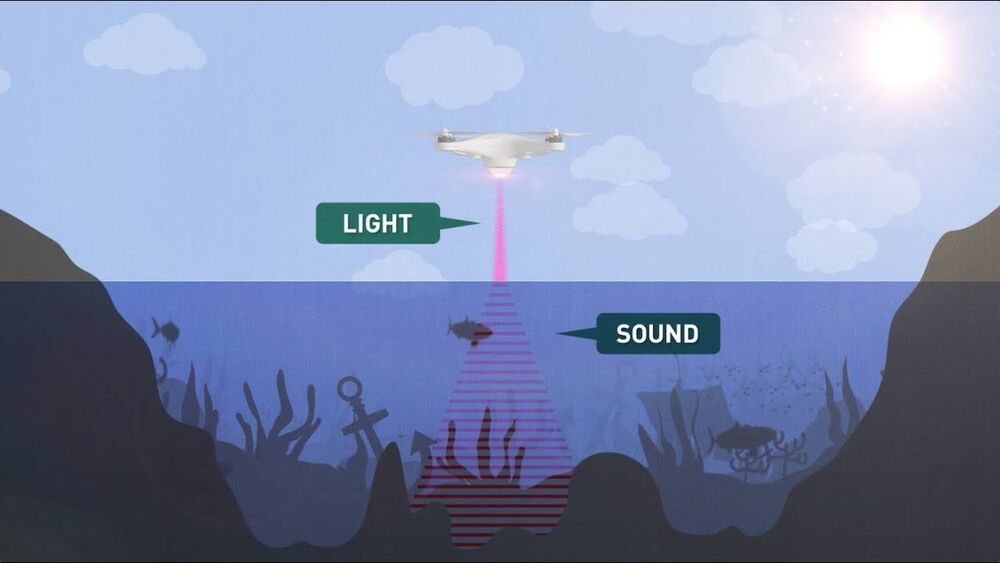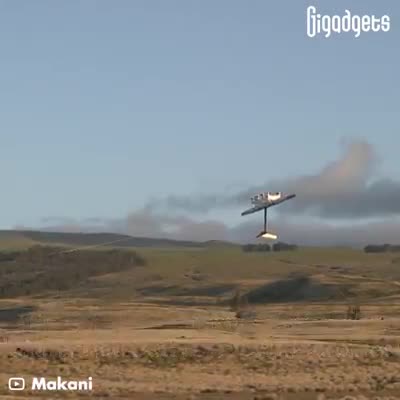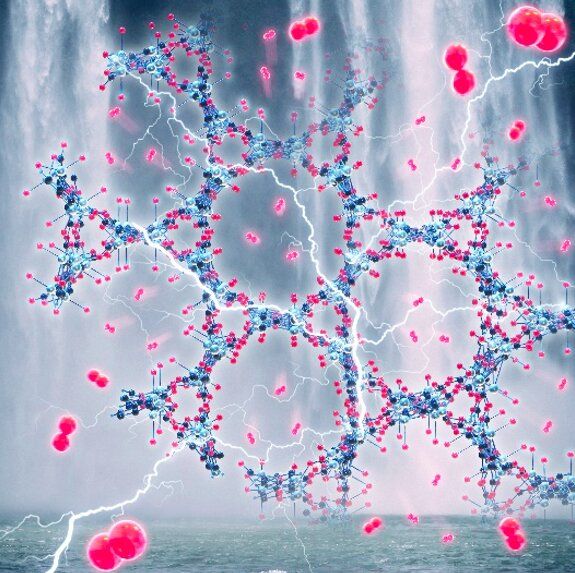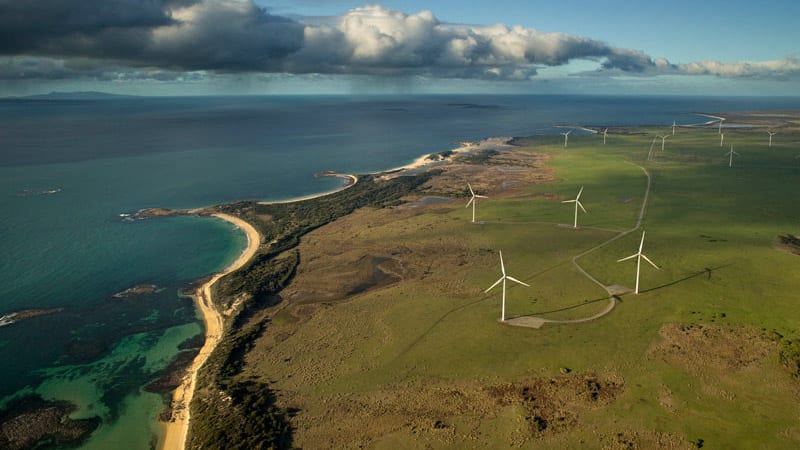Dec 8, 2020
Researchers call for renewed focus on thermoelectric cooling
Posted by Genevieve Klien in categories: energy, materials
Almost 200 years after French physicist Jean Peltier discovered that electric current flowing through the junction of two different metals could be used to produce a heating or cooling effect, scientists continue to search for new thermoelectric materials that can be used for power generation.
Researchers writing in Nature Materials, however, say it is time to step up efforts to find new materials for thermoelectric cooling.
Bismuth tellurium compounds have been used for thermoelectric cooling for more than 60 years, and the researchers say the fact that there is already a commercial demand for the technology suggests better materials can expand the market.
